Training the next generation of computer scientists is important to us. That is why we regularly work on basic textbooks for school and university students, and other interested parties. Comprehensibility, logical structure, manufacturer independence and constant updating make these books the ideal basis for university education or self-study. They are always up to date.
C als erste Programmiersprache
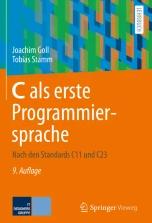
This book teaches beginners the language concepts of C from scratch and guides them through to writing complex professional programs. The language scope described corresponds to the ISO standard and is therefore completely manufacturer-neutral.
ISBN-13: 9783658452087
Architektur- und Entwurfsmuster der Softwaretechnik
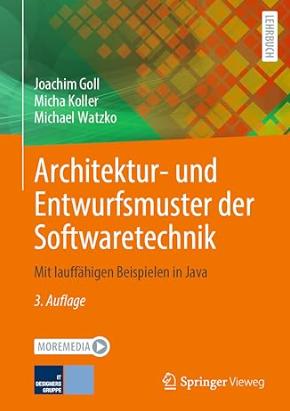
With executable examples in Java
Software system architectures should be easily expandable and standardized as far as possible so that developers can easily exchange information about architectures. All patterns presented are illustrated with executable examples in Java.
ISBN-13: 978-3658423834
Entwurfsprinzipien und Konstruktionskonzepte der Softwaretechnik

This book describes the most important design principles and concepts for building software in a clearly structured manner and with numerous examples. Design principles are proven, simple and clear concepts of software engineering that help developers build high-quality software systems. Design principles influence the construction of a system and affect the quality of the source code visible to the developer. Quality objectives for design include, for example, avoiding undesirable couplings between software components, simplicity and comprehensibility, as well as testability and stability during program enhancements.
ISBN-13: 978-3658259747
Java als erste Programmiersprache
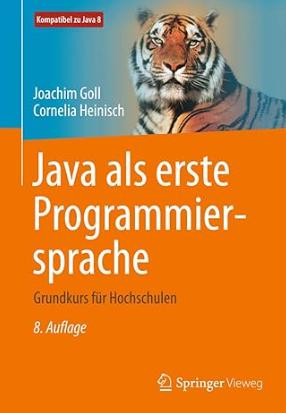
This book does not require any knowledge of other programming languages, and is aimed at school pupils, students, and practitioners who not only want to get a taste of Java, but also want to learn the basics of Java and perhaps even some advanced topics.
ISBN-13: 978-3658121174
Mit Scrum zum gewünschten System
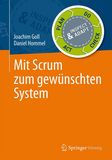
A good understanding of the problem area and a shared vision of the system within the project ensure that the sum of the system fragments implemented in an agile manner using Scrum corresponds exactly to the customer’s requirements upon acceptance. This book provides the background knowledge necessary for agile development. For comparison, individual agile approaches are analyzed and presented in detail, with a focus on Scrum.
Complex projects require that customer requirements are not rigid, but may change over the course of a project until acceptance. Scrum is a method that has the necessary adaptability. In Scrum, a system is therefore implemented as a sequence of small system fragments that are implemented one after the other. All the requirements for the system may change – with the exception of those that are currently being implemented. The great art of the development team is to ensure that the sum of the implemented software fragments corresponds exactly to the customer’s requirements. Each developer must therefore be familiar with the customer’s world and have the same current system vision as their goal. Otherwise, it is uncertain whether the sum of the parts will converge to form the desired system.
ISBN-13: 978-3658107208
Methoden des Software Engineering
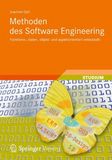
Software is an indispensable part of many of today’s systems. Ideally, its creation involves a standardized, methodical development process that is understandable to everyone involved in the project and essentially represents the language of the project.
ISBN-13: 978-3834824332
Programmierung von verteilten Systemen und Webanwendungen mit Java EE: Erste Schritte in der Java Enterprise Edition
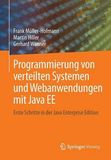
Programming distributed systems and web applications with Java EE. Book cover
This book introduces you to programming distributed systems in Java. Special emphasis is placed on implementing server-side applications within the Java EE architecture. Step by step, you will learn about all the important technologies and components of Enterprise Java and how they interact.
Each chapter contains numerous examples and exercises so that after reading the book, the reader will be able to create component-based web applications based on the Java Enterprise architecture.
All exercises, including solutions and illustrations from the book, are available online on the publisher’s website.
ISBN-13: 978-3658105112
